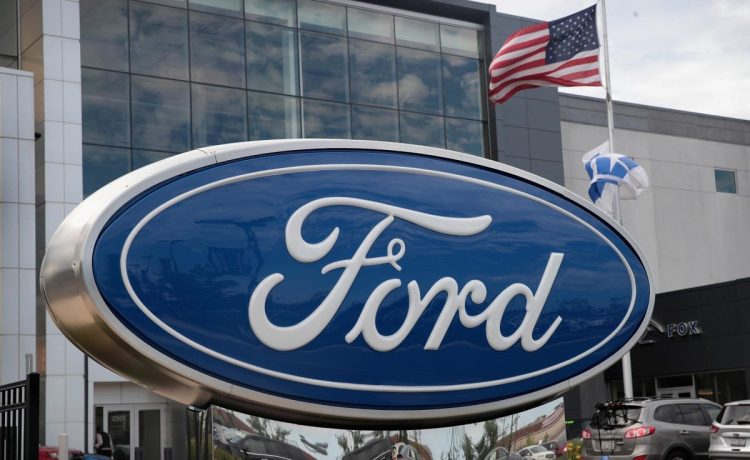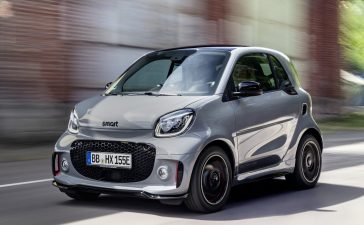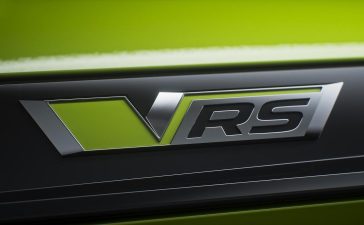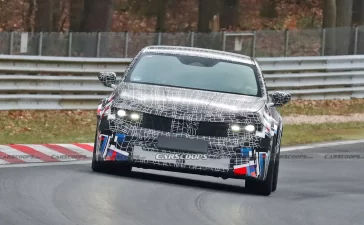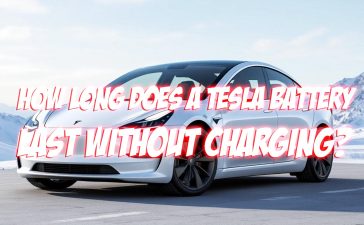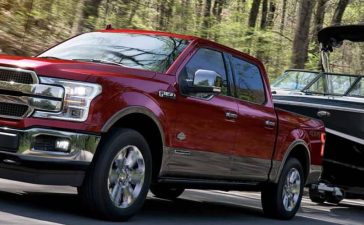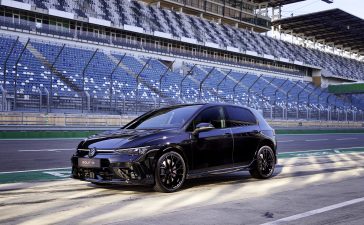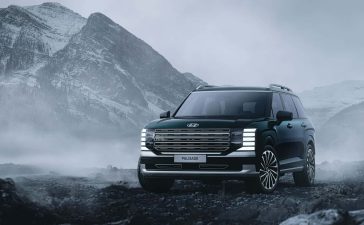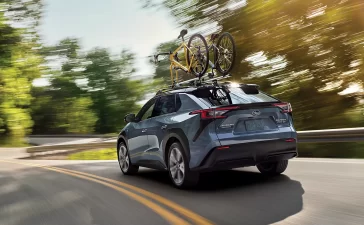Ford Motor Company is toying with the idea of recreating the familiar feeling of driving a conventional car while driving an EV through a patent for a new type of manual transmission specifically for electric cars. This design aims at designing something rather close to a manual gearbox while connecting to the drive as well as the efficiency brought by electric propulsion.
Table of Contents
Understanding the Basics
ICE (Internal Combustion Engine) vehicles rely on a mechanical system to effect a shift in gears, change the speed/torque ratio of a car, and so forth. However, electric vehicles are somewhat different in their design and construction and work with electric motors, thus boasting no typical gear shifts. Nonetheless, Ford strives to fill the gap between the two kinds by providing a method that imitates the manual stick shift without the gears.
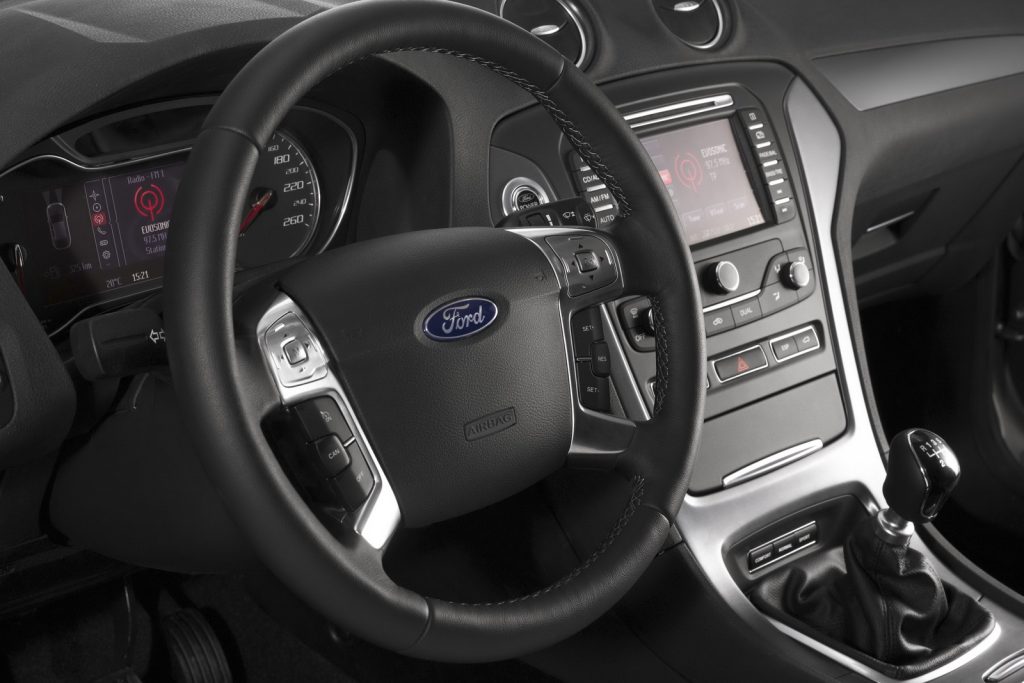
Patent Details
The concept behind the invention, termed the ‘Shifter Assembly For Electric Vehicles’ is a shift-like lever located in an enclosure below the automobile floor, like the English gear lever of 1960s vehicles. The shifter is not associated with the gears throughout their functioning, but cooperates with electronics operated with the help of a controller. When the driver shifts the lever, the system’s components likewise send signals to alter the motor’s speed and torque, giving the driver a feel of the gear change.
Functionality and Implications
While the system is essentially an imitation of gear shifting, it does not improve the actual velocity or productivity of the vehicle as some manual transmissions do. Rather, it concerns the driving experience as such—something that appeals to the customers who prefer a car, including diagrams such as a stick shift. The power controller is, of course, used to modulate the electrical supply from the battery to the motor, while the motor outputs are correspondingly calibrated to mimic the position of the lever to simulate the feeling of shifting gears.
Potential Benefits
The patent was filed by Ford in 2023, showcasing the company’s attitude towards invention and its customers. Thus, returning consumers to the essence of manual transmissions, Ford could entice a portion of the market that is used to traditional car handling. This could potentially make switching to electric products more appealing to those familiar with and fond of manual transmission cars.
Future Prospects
Still, as of now, it is impossible to speak about Ford’s manual transmission for EVs as a reality except for its patent. Regarding the use of this technology in subsequent models, this is yet to be seen. But at the same time, the opportunities of this innovation to bring a fresh approach to enhancing the experience of US car owners, thus offering a wider range of possibilities for increasing the popularity of electric cars, are quite apparent. For existing car lovers and purists, this may be a giant leap in the car’s future without losing the tradition that has already taken place.
In terms of the future development of electric cars, one could only wonder how the Ford automaker would be able to pursue new avenues of car design, all the while respecting the past and future.


